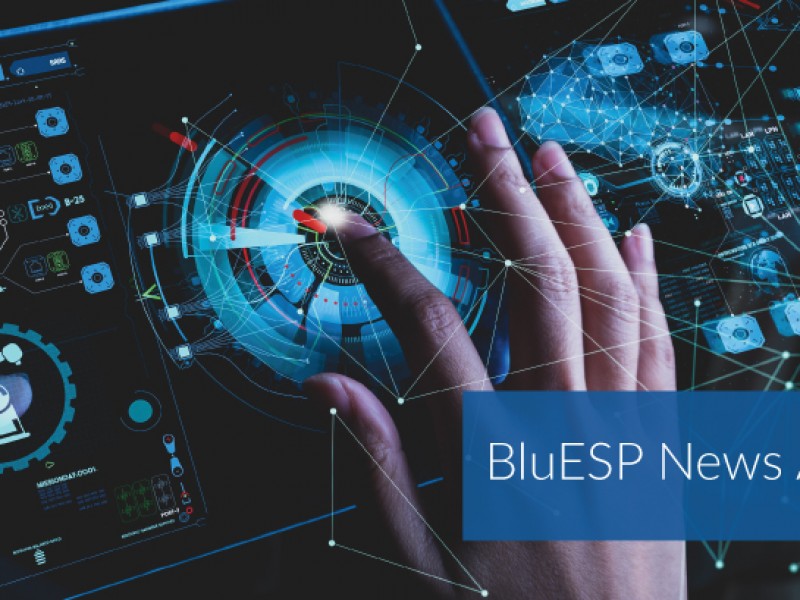Blog - Operational Technologies
Unlocking the Business Value of Industrial Data with AIoT

AI is a transformational technology. We have seen considerable investment in enabling access to it through various AI/machine learning (ML) platforms, frameworks and toolkits. This has indeed accelerated the enablement of AI-based use cases, but it has not necessarily translated to significant business value, especially in the industrial sector. It is worth remembering that AI is a complex, multi-faceted and rapidly evolving area of technology. According to the AI: Built to Scale study by Accenture, 84% of C-suite executives believe they must leverage AI to achieve their growth objectives, yet 76% report they struggle with how to scale.
From theory to practical application
Across the capital-intensive industries, this disconnect between an appreciation of the benefits that AI can bring, and a lack of understanding of how to extend those benefits across an entire organisation has been especially acute. There is often a divergence between the well understood theoretical benefits of AI and the challenge of putting these into practice across a whole organisation.
As we get deeper into 2021, we are seeing companies adjust their thought processes to a more business-first mindset versus a technology-first mindset. Even though exploring and identifying industrial AI-enabled use cases may be a source of fascination to some, the starting point of any organisational strategy should never be the technology. Instead, it must begin with identifying the business’ problems, corporate objectives and strategic goals. Companies are now much less willing to write blank checks for generic AI technology and the associated support staff. Rather we see them increasingly applying AI technology to domain-specific industrial challenges with a focus on business outcomes.
Making it happen
Increased adoption of AI and automation across these industries is also being driven by workforce shifts and a resulting loss of domain expertise.
Taken together, these factors lead to a growing need to automate knowledge sharing across the process industries. This is creating a greater requirement for more intelligence-rich applications – but, ironically, a lack of in-house data science skills continues to be one of the top barriers to AI adoption. In line with this, in 2021, we will likely see more industrial businesses overcome these barriers by implementing targeted, embedded Industrial AI applications that bring together AI, data science, purpose-built software and domain expertise. This will be a vital factor in overcoming a shortage of skills and significantly reducing the need for organisations to recruit large numbers of data scientists before they can generate the benefits of industrial AI.
Reaping the rewards
Embedded AI applications will enable users to carry out their domain-specific operations with increased accuracy, quality, reliability and sustainability throughout the industrial asset lifecycle. So, as we move through 2021, it is becoming increasingly incumbent on ambitious organisations across capital-intensive industries to look at how they might better leverage industrial AI and asset optimisation platforms.
In 2021, we would expect to see a significant increase in productivity as the biggest benefit of industrial AI. Closely coupled to this increase in productivity will be benefits associated with sustainability, including reductions in carbon emissions, plastics and other material waste. Finally, through the adoption of industrial AI, next-generation asset optimisation solutions can overcome resource barriers, that is, the hiring of scores of data science experts, enabling industrial organisations to start opening the door to new levels of safety and productivity across their operations.
Beyond this, there is a lot to be excited about in terms of the likely future development of AI and automation. Across industrial plants, semi-autonomous and autonomous processes will be created over time, as live data is collected, aggregated, conditioned, and fed into intelligence-rich applications to evaluate scenarios, gain insight, and drive continuous operational improvements. Furthermore, cognitive guidance systems powered by AI and ML will empower personnel across critical operations, extending their capabilities so they can make faster and more accurate decisions.

